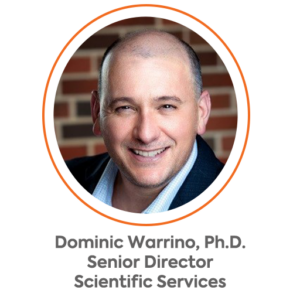
Cell and Gene Therapies (CGTs) are types of treatment that uses cellular or genetic material with the goal of treating a disease or a disordered. Often it can be a combination of cell and gene therapies, which is the case for Chimeric antigen receptor T cells (CAR T-Cells).
There are two critical questions customers are coming to KCAS Bio and asking for support of CTGs. Can you help with development of a bioanalytical PK/PD method? How and what sample should I collect for support of my clinical trials. With over 40+ years of PK/PD bionalaysis experience and decades of stabilization of samples and clinical kitting & supplies we have the solutions. You can find answers and information about CGT sample logistics (click here to read our blog specifically addressing “Clinical Support and Kitting (CSK) Drug Development Solutions for Support of Cell & Gene Therapies”).
As the age of CTGs is upon us, the demand for PK/PD and Immunogenicity bioanalytical method development and qualification/validation has exploded. KCAS Bio offers the following bioanalytical services for pre-clinical and clinical trials:
- Pharmacokinetics (PK) – qPCR, ddPCR, Flow cytometry, LBA assays
- Biodistribution – qPCR, ddPCR, Flow cytometry, LBA assays
- Immunogenicity – LBA assays, Flow cytometry Cell-based assays (Nab); against transgene, viral vectors, etc.
- Pharmacodynamic Markers – qPCR, ddPCR, Flow Cytometry, ELISPOT, LBA assays
- Viral Shedding (Outcomes and Safety) – ddPCR, qPCR, cell-based infectivity assays
- Molecular Capabilities for all Types of Discovery Projects
Whether you’re working on cell therapies, gene therapies, or a combination of both, KCAS Bio has you covered. With our state-of-the-art, purpose-built 70,000 sq/ft facility and the expertise gained through our acquisition of Flowmetric, now KCAS Bio – Philadelphia, KCAS Bio is positioned as a global leader in supporting CGTs. If you have questions related to bioanalysis of CGTs, we are the partner for you.

